Trade, automation and US decline
 First published in spiked, January 2017
First published in spiked, January 2017Job losses in US manufacturing can’t simply be put down to China or IT
In trying to explain America’s loss of jobs in manufacturing, Donald Trump has foolishly fingered China as the main cause of it. His critics, both conservative and liberal, have instead highlighted automation as the main cause.
Neither side has it right. The ‘China vs IT’ debate neglects how, in manufacturing as elsewhere, US decline means a reliance on new forms of labour utilisation, and is strongly rooted in weak research and development (R&D).
New sources of labour, weak performance in R&D
America’s economic decline isn’t just a tale of job losses. Even in manufacturing, robots more and more work next to workers, not just instead of them. And according to America’s Bureau of Labor Statistics, general US employers have been falling back on new sources of labour.
US labour participation is down, from 66.6 per cent in 1994 to 62.9 in 2014. Female labour participation is falling too, but more slowly – from 58.8 per cent in 1994 to 57.0 in 2014. Once, however, we turn to the recruitment of Hispanics and older people, we can see how American capital has called on other reserves of labour. In 2014, Hispanics took 16.3 per cent of America’s 160m-strong civilian labour force, up from just nine per cent of 131m back in 1994. In 2014, too, workers aged 55 and older stood took 16.4 per cent of the labour force – and they also took just nine per cent in 1994.
Overall, US employment is buoyant. And in 2015 the hours worked, in aggregate, by the whole of US society surpassed those worked before the recession of 2008-9.
Compared with the expanded scale of labour exploitation, however, US R&D is weak. Measured against GDP, US business enterprise R&D hardly ever exceeded 1.94 per cent from 2000 to 2013. Yet China is catching the US fast: it moved the needle from 0.54 per cent in 2000 to 1.58 in 2014. By the end of that period, too, corporate R&D in the Republic of Korea – home to Samsung and all the rest – reached a whopping 3.36 per cent of GDP.
These dynamics of labour and R&D are certainly beyond the Donald. For in his framework, Beijing has simply depressed the value of the Renminbi so as to cheapen China’s manufacturing exports. At the same time, US manufacturers should stop outsourcing production to China just as much as they should no longer outsource to Mexico.
Simplistic? Sure. But Trump’s critics are no better.
Factories: IT hasn’t helped much
During the election campaign, the free-trade Wall Street Journal proclaimed ‘Wharton Grad Trump Fails Economics’. For the Journal, the ‘globally connected, tech-driven US economy’ would always beat Trump’s vulgar protectionism. Technology, not trade, explained most of the loss of 5.6 million manufacturing jobs between 2000 and 2010.
Since the election, commentators on the more Democratic Party end of the political spectrum have also weighed in against Trump. The New York Times and now the Harvard Business Review averred that while automation was not much mentioned before the election, it has been, in the long term, a much greater cause of US manufacturing job losses than trade or outsourcing.
That may well be true. But as Keynes famous remarked, in the long run, we are all dead. Look at the short term: since the recession of 2008-9, real US productivity in manufacturing has been a disaster zone. Measured as output per hour, annual increases in US factory productivity fell dramatically between 2008 and 2015 – from nearly five to less than two per cent.
Whatever IT has contributed to US factory automation, the evidence implies that its effect is weakening.
Perhaps that’s because IT in America pays a full part in the crisis of capital investment there. As a percentage of US GDP, private sector fixed investment on information processing hardware and software plummeted by a quarter between the winter of 2000 and the first half of 2009. Since then it has stagnated, and, last autumn, was back at levels not seen since 1995.
Of course, you might argue that some of the decline is because corporate IT has got cheaper. Yet the much-noised Internet of Things, for instance, is set to be a lot more expensive to apply in industry and its tricky supply chains than people might imagine.
IT and factory automation won’t rescue the US. That view just flatters IT corporations – the new, Democrat-leaning masters of the universe based in Silicon Valley and California. It’s time that, in their assessment of IT, Americans waved goodbye a century of technological determinism and snake-oil salesmanship.
Conclusion
The growing but halting sophistication of IT in US factories has happened alongside rising if widely degraded employment there and in the rest of the US economy. David Autor, who has chronicled the ‘China shock’ and knows a little about IT, puts it quite well: ‘The challenge is not that we’re running out of work. The US has added 14 million jobs since the depths of the Great Recession. The challenge is that many of those jobs are not good jobs’.
So long as American capitalists prefer labour utilisation to creating great, new, R&D-based industries, they will be in trouble. No amount of China-bashing or IT euphoria can change this.
In the wake of all the fuss about hacking, both Trump and his critics need to know that it will take more than a burgeoning cybersecurity sector to put the American economy back on its feet.
Fmr President of Kenya on Trump cutting off foreign aid:
“Why are you crying? It’s not your government, he has no reason to give you anything. This is a wakeup call to say what are we going to do to help ourselves?”
America first is good for the world.
Our entire Green Socialist establishment should be banged up under the ‘Online Safety’ laws, for spreading demonstrable lies (the ‘climate crisis’), causing non-trivial harm to the industrial working class, ordinary drivers, farmers, taxpayers etc, etc.
#Chagos? #Mauritius PM Navin Ramgoolam "is reported to want Starmer to pay £800m a year, plus ‘billions of pounds in #reparations’." (14 January) https://www.spiked-online.com/2025/01/14/the-chagos-islands-deal-is-an-embarrassment/
Now the Torygraph wakes up https://telegraph.co.uk/gift/1ff8abbb462cd609
Read @spikedonline - first with the news!
Articles grouped by Tag
Bookmarks
Innovators I like

Robert Furchgott – discovered that nitric oxide transmits signals within the human body
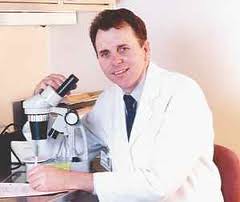
Barry Marshall – showed that the bacterium Helicobacter pylori is the cause of most peptic ulcers, reversing decades of medical doctrine holding that ulcers were caused by stress, spicy foods, and too much acid

N Joseph Woodland – co-inventor of the barcode
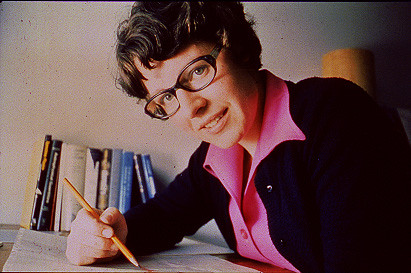
Jocelyn Bell Burnell – she discovered the first radio pulsars

John Tyndall – the man who worked out why the sky was blue

Rosalind Franklin co-discovered the structure of DNA, with Crick and Watson

Rosalyn Sussman Yallow – development of radioimmunoassay (RIA), a method of quantifying minute amounts of biological substances in the body

Jonas Salk – discovery and development of the first successful polio vaccine

John Waterlow – discovered that lack of body potassium causes altitude sickness. First experiment: on himself
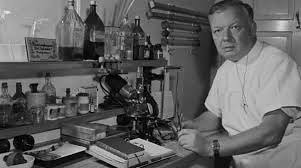
Werner Forssmann – the first man to insert a catheter into a human heart: his own

Bruce Bayer – scientist with Kodak whose invention of a colour filter array enabled digital imaging sensors to capture colour
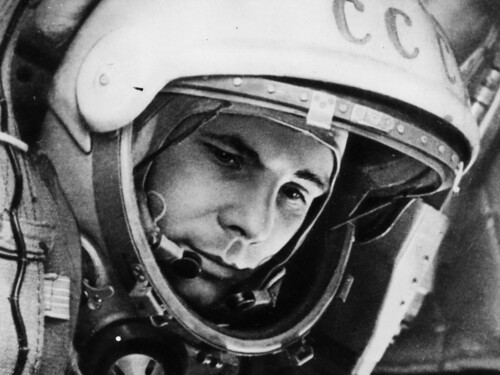
Yuri Gagarin – first man in space. My piece of fandom: http://www.spiked-online.com/newsite/article/10421

Sir Godfrey Hounsfield – inventor, with Robert Ledley, of the CAT scanner

Martin Cooper – inventor of the mobile phone

George Devol – 'father of robotics’ who helped to revolutionise carmaking

Thomas Tuohy – Windscale manager who doused the flames of the 1957 fire

Eugene Polley – TV remote controls

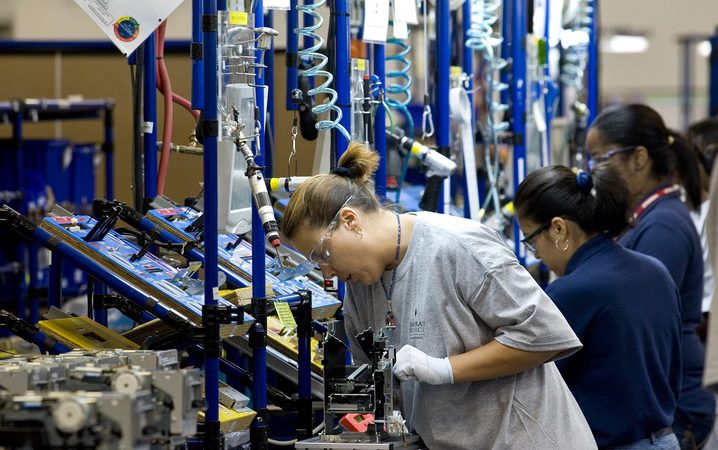

0 comments